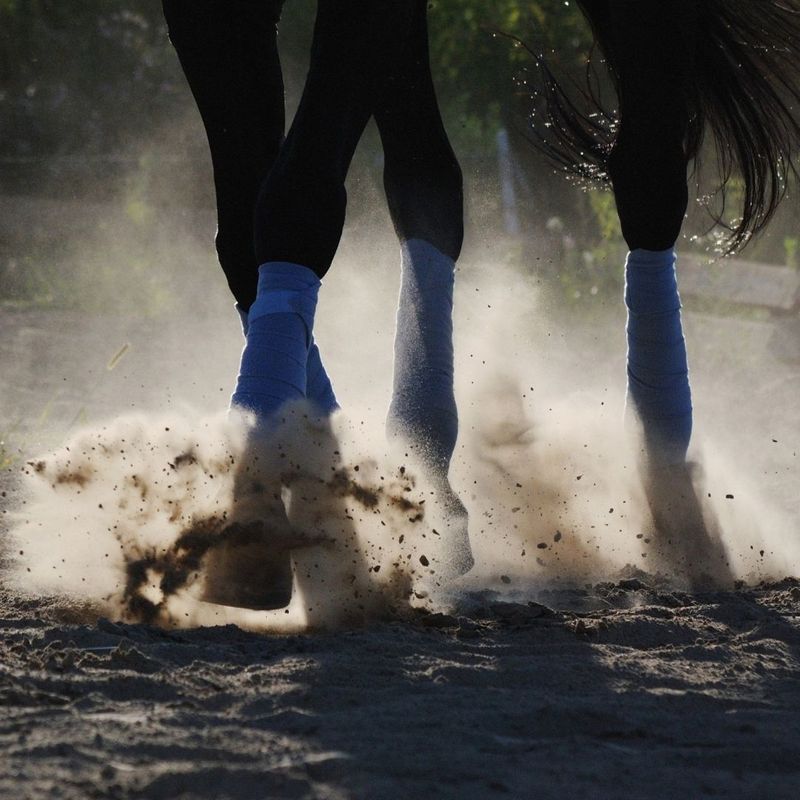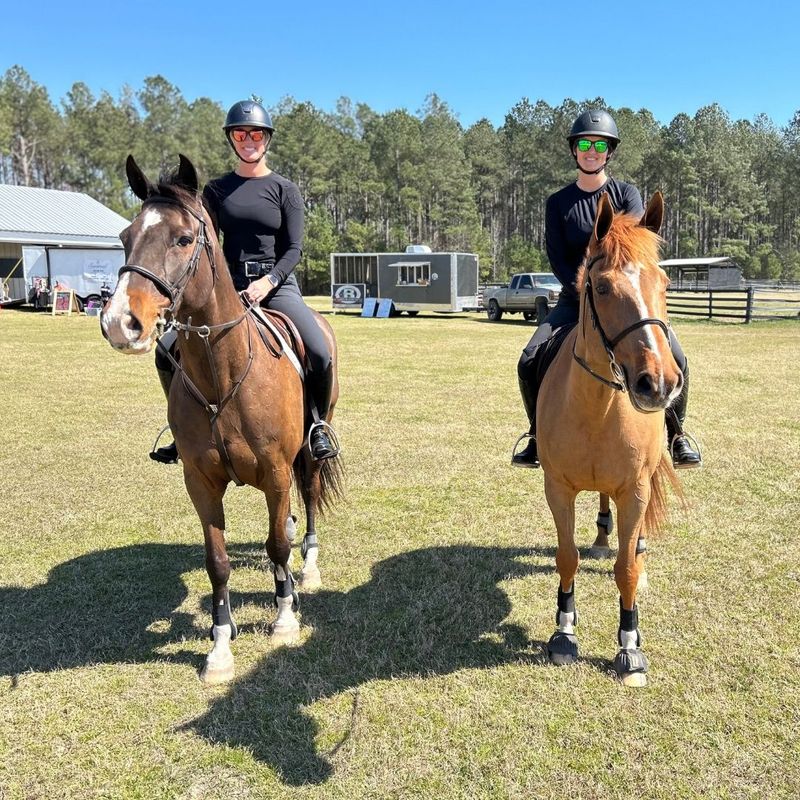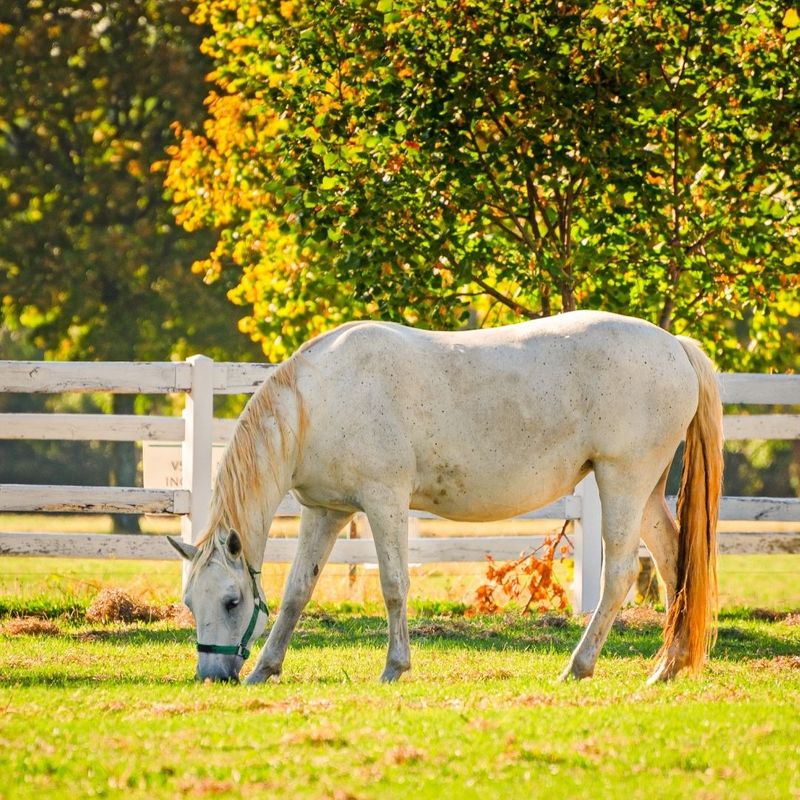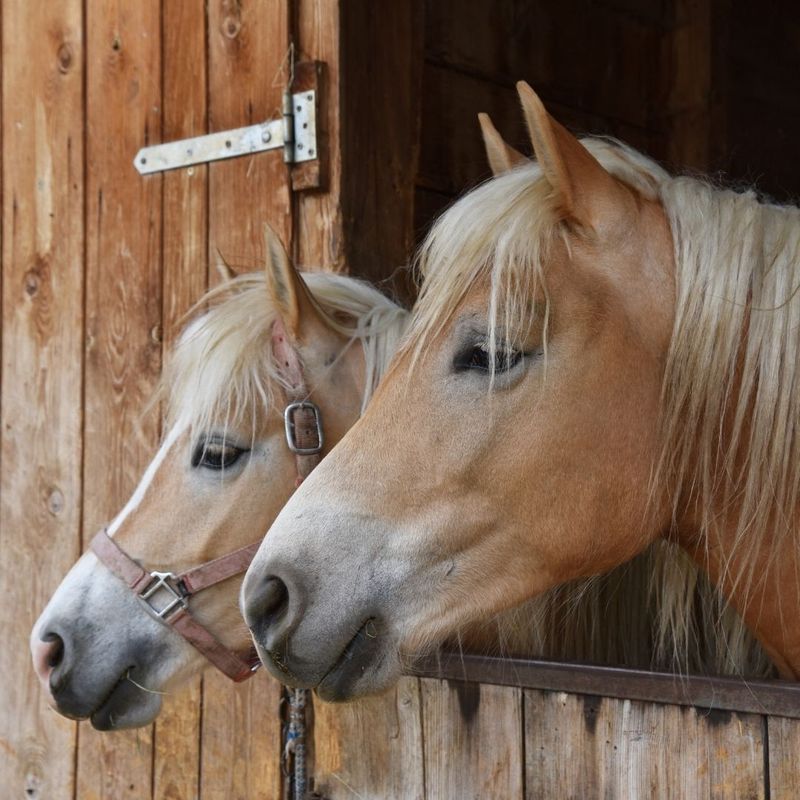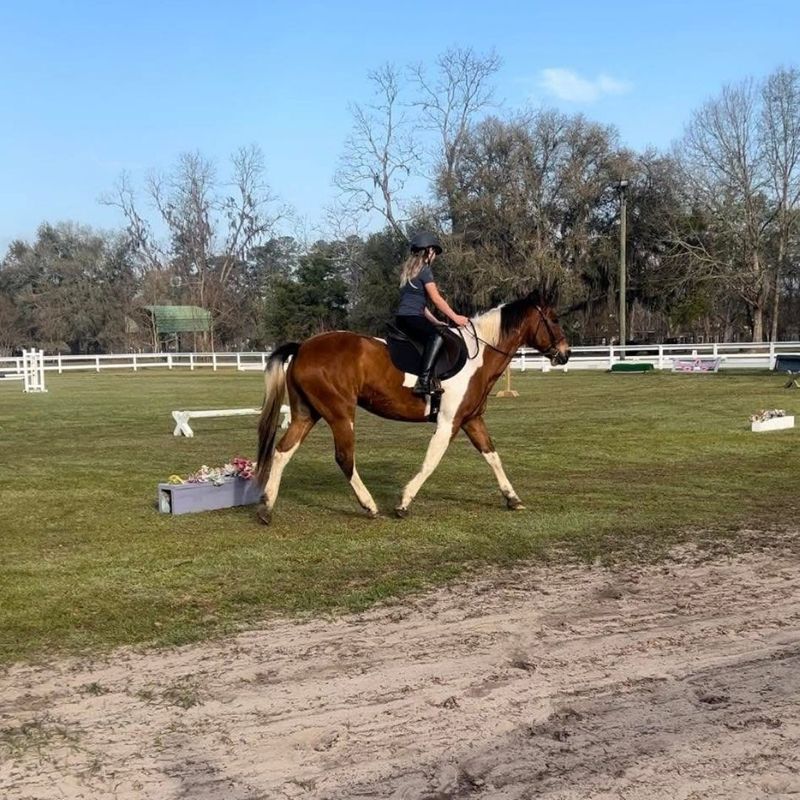As the leaves change and the air cools, many horse owners in the Lowcountry shift their focus from summer heat to winter preparation. However, the season of change brings a serious, often underestimated risk: fall laminitis in horses. At Carter Veterinary Services, we believe that education is the first step in effective preventative care, and we're committed to helping you understand this seasonal threat so we can partner together to keep your horse healthy.
Understanding Fall Laminitis in Horses
Understanding Fall Laminitis in Horses
Get Support for Equine Health During Fall
At Carter Veterinary Services, our commitment is to provide the highest quality of life for your horse through compassionate and comprehensive care. By understanding the unique seasonal risks of fall laminitis and knowing what causes laminitis to flare up during this time, we empower you to take control of your horse's health. Contact us for veterinarian care or any emergency services you may need in the Lowcountry.
